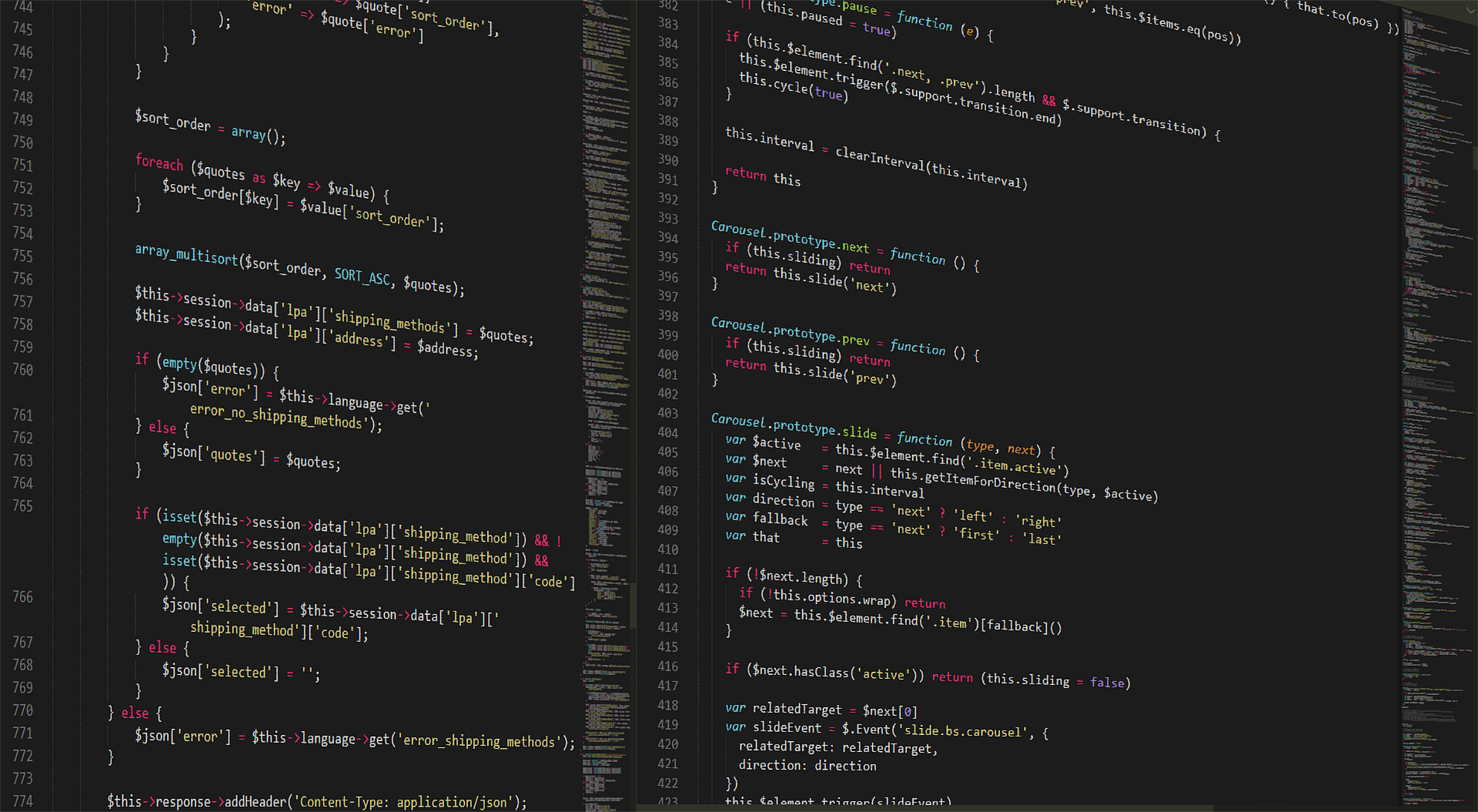Repeat after me: When in doubt, it’s almost always a plugin conflict. It’s almost ALWAYS a plugin conflict.
You know how sometimes, when you’re having a problem at work and you can’t figure it out, you just need to step away for a bit and the answer miraculously comes to you?
I have a very complex site I am working on, and for some reason, a perfectly coded membership system was generating 404 pages for all member profiles. The pages existed, the code looked good, but there came the 404 page, all the same.
Since the site is complex, with multiple layers and plugins to generate forums, a membership system, a link to an email service provider, and other items, I assumed that the code was the problem and started to dissect the files that were creating the profiles, to no avail. I couldn’t figure out what was causing this 404 response.
So I did what most developers would do, I googled it. And it was at that point that I was reminded – here it comes – when in doubt, it’s almost always a plugin conflict.
I turned off all the plugins except the membership forum system and voila! a working profile page. Then I turned the plugins back on, one by one, and discovered that the plugin that was generating the 404 page was the plugin that had the conflict (this should probably have been my first idea, right?).
So… a problem that caused me a sleepless night and several hours of work could have been pretty easily fixed by just remembering that – when in doubt, it’s almost always a plugin conflict. Despite the complexity and customization of the site, it’s almost always a plugin conflict. Despite my growing fluency in the code, it’s almost always a plugin conflict.
Because – all things being equal, the simplest explanation is almost always the right one.










